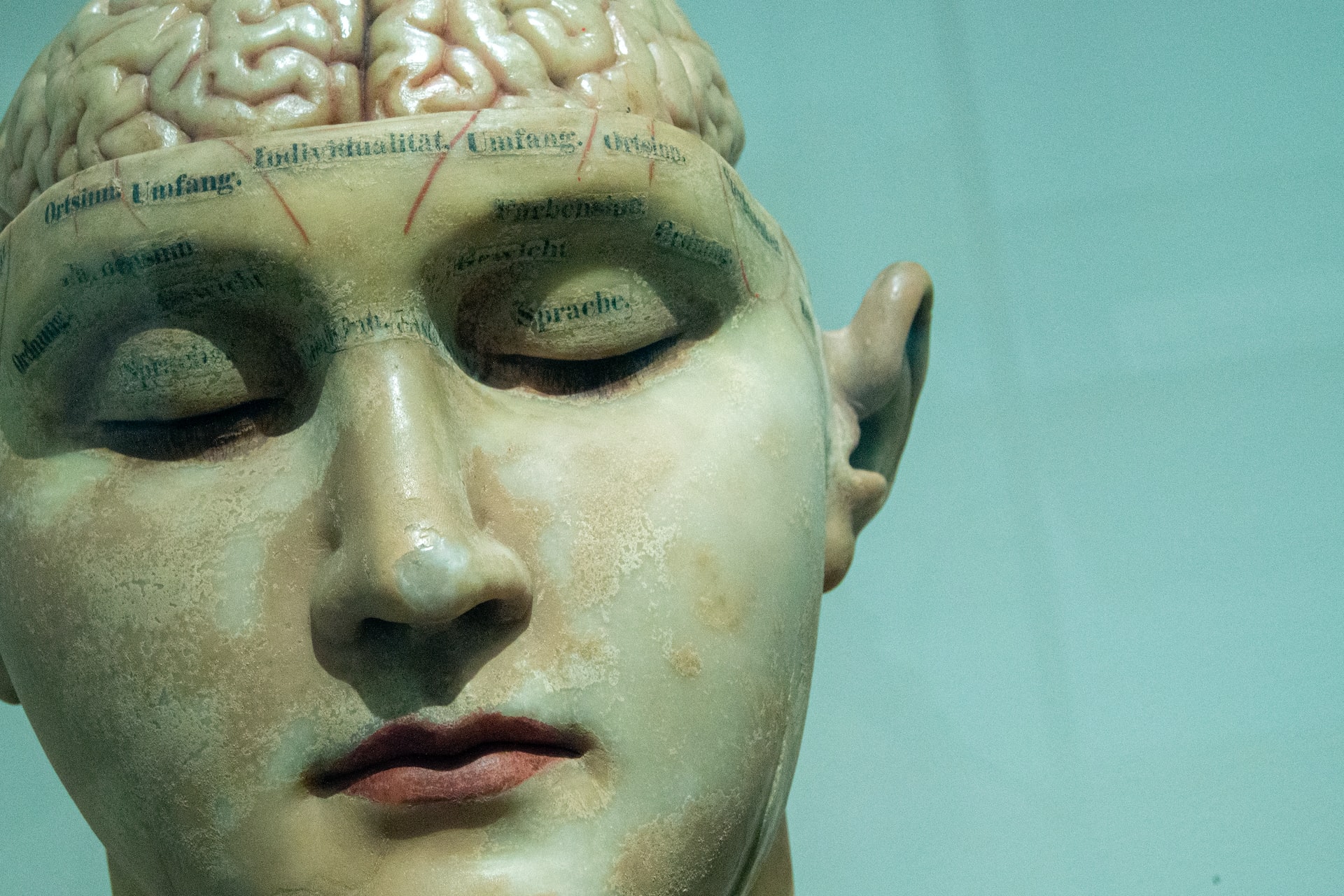Tell me about sma syndrome brain
SMA (Spinal Muscular Atrophy) syndrome is a rare genetic disorder that affects the muscles and the nervous system. It is caused by a mutation in the SMN1 gene, which is responsible for producing a protein that plays a vital role in the function of motor neurons. This protein is essential for maintaining the health and survival of motor neurons, which control voluntary muscle movements.
SMA syndrome is a progressive disease, which means that it gets worse over time. It is estimated that 1 in every 10,000 babies born worldwide has SMA syndrome. Both males and females can be affected by this disorder, and it is more common in certain ethnic groups, such as those of European descent.
Types of SMA
There are four types of SMA syndrome, categorized based on the age of onset and the severity of symptoms.
– Type 1 (also known as Werdnig-Hoffman Disease) is the most severe type, and symptoms typically appear before 6 months of age. Babies with this type show very weak muscle tone, difficulty breathing and swallowing, and rarely survive beyond two years.
– Type 2 usually appears between 6 and 18 months of age. Children with type 2 have weaker muscles and may have difficulty sitting up or walking, but they can usually still perform some tasks independently.
– Type 3 (also known as Kugelberg-Welander Disease) has a later onset, typically between 2 and 17 years of age. Children with type 3 have mild to moderate muscle weakness, and some may never need a wheelchair.
– Type 4 is the mildest form of SMA syndrome, and symptoms usually appear in adulthood. The muscle weakness in type 4 is usually limited to certain muscle groups, such as those in the legs.
Symptoms of SMA Syndrome
The primary symptom of SMA syndrome is progressive muscle weakness caused by the degeneration of motor neurons. As the disease progresses, the muscles become weaker, and individuals may experience difficulty with activities that require muscle strength, such as sitting up, walking, or holding their head up.
Other symptoms may include difficulty breathing and swallowing, scoliosis (curvature of the spine), contractures (shortening of muscles and tendons), and fatigue. In some cases, individuals with SMA syndrome may also experience cognitive impairment or developmental delays.
Diagnosis and Treatment
A diagnosis of SMA syndrome is typically made based on a combination of symptoms, a physical exam, and genetic testing. If there is a family history of SMA syndrome, genetic testing can also be done during pregnancy to determine if the fetus has the disorder.
Unfortunately, there is currently no cure for SMA syndrome. Treatment options focus on managing symptoms and improving the individual’s quality of life. This can include physical therapy to maintain muscle strength and mobility, respiratory support to assist with breathing difficulties, and nutritional support to prevent weight loss and malnutrition.
In recent years, there have been breakthroughs in the treatment of SMA syndrome. In 2016, the FDA approved Spinraza, a medication that helps produce the missing protein in people with SMA. In 2019, Zolgensma, a gene therapy treatment, was also approved for children under two years old. These treatments have shown promising results in improving muscle strength and prolonging survival in individuals with SMA syndrome.
Living with SMA Syndrome
Living with SMA syndrome can be challenging for both the affected individual and their family. The progressive nature of the disease can be emotionally and physically draining for everyone involved. However, with proper medical care and support, individuals with SMA syndrome can lead fulfilling lives.
Support groups and organizations, such as Cure SMA, provide valuable resources and information for those living with SMA syndrome and their families. These groups offer emotional support, educational resources, and opportunities for individuals to connect with others who understand their experiences.
In conclusion, SMA syndrome is a rare genetic disorder that affects the muscles and the nervous system. It can have a significant impact on an individual’s life, but with early diagnosis and proper treatment, individuals with SMA syndrome can lead full and meaningful lives. Advances in treatment options give hope for a better future for those living with this disorder.





